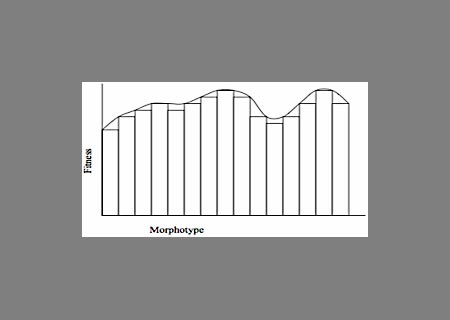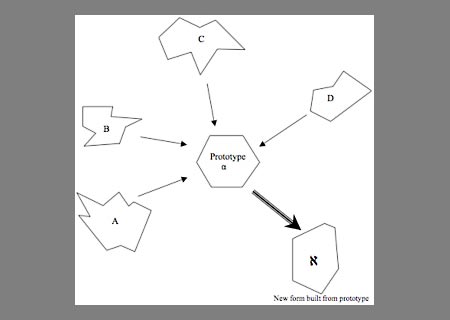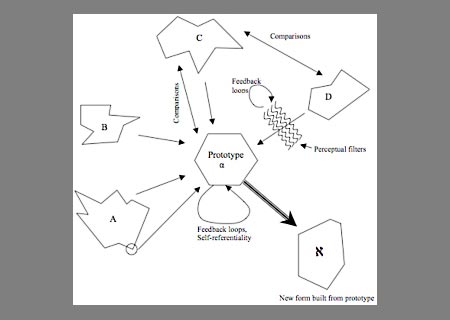Variation within Limits: An Evolutionary Approach to the Structure and Dynamics of the Multiform
- Volume 26, Number 2
- Michael D. C. Drout
- View PDF | Download PDF
- http://journal.oraltradition.org/issues/26ii/drout
Abstract
This essay draws upon research in evolutionary biology and cognitive psychology to explain the evolution and stability of the oral-traditional multiform. The mind tends to categorize variable entities in terms of cognitive prototypes. The dynamics of human mnemonic and communicative processes then generate both variability (in the absence of written texts) and contrasting selection pressure on multiform oral-traditional forms to evolve towards these mental abstractions, thereby producing the variability of the multiform. By visualizing the variation spaces of such cultural entities as adaptive landscapes, we see that variation-within-limits of the multiform, rather than being paradoxical, results from universal processes of replication and selection.
eCompanion

Representation of the relative fitness of morphotypes of Cædmon’s Hymn, line 5.
Graph: Michael D. C. Drout.


“Skyscraper” landscape represents fitness of multiple discrete morphotypes.
Graph: Michael D. C. Drout.





































